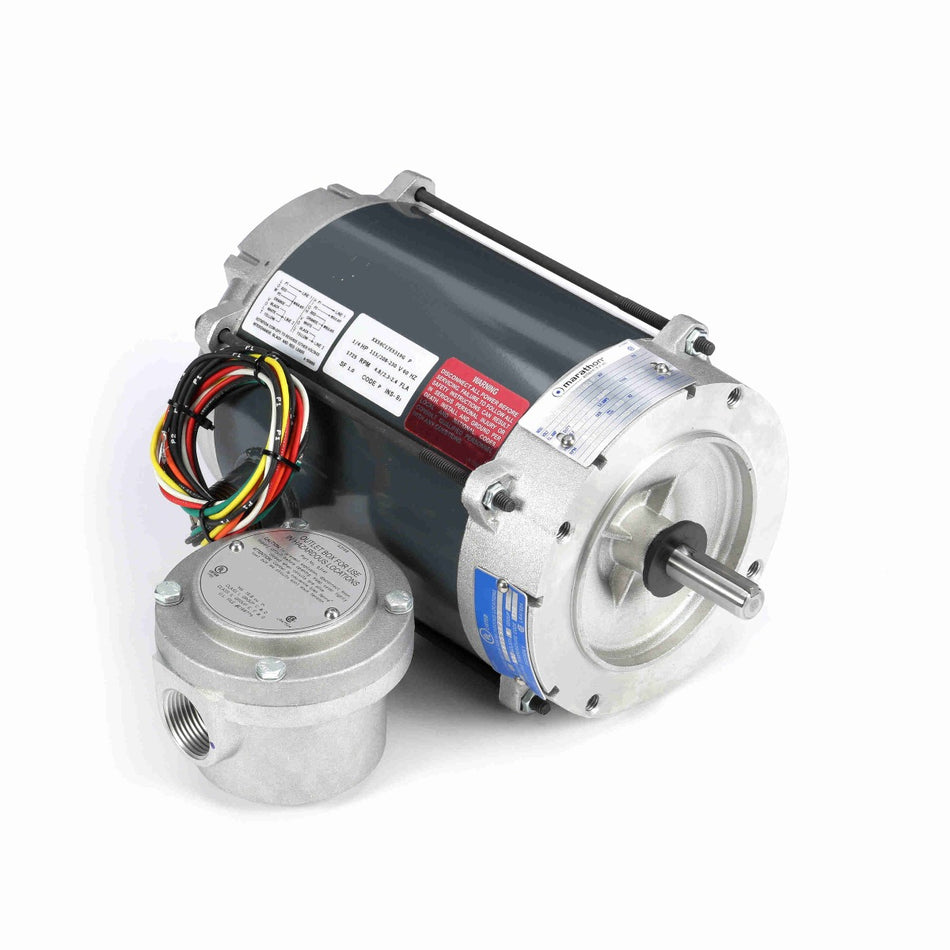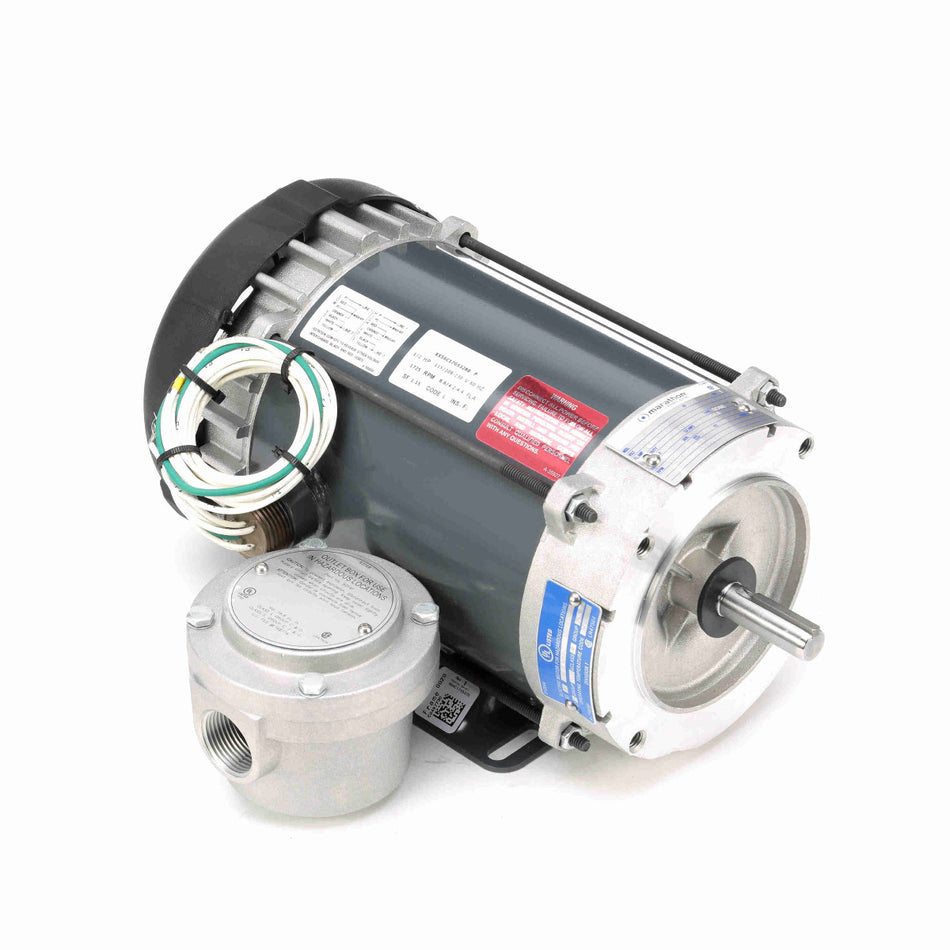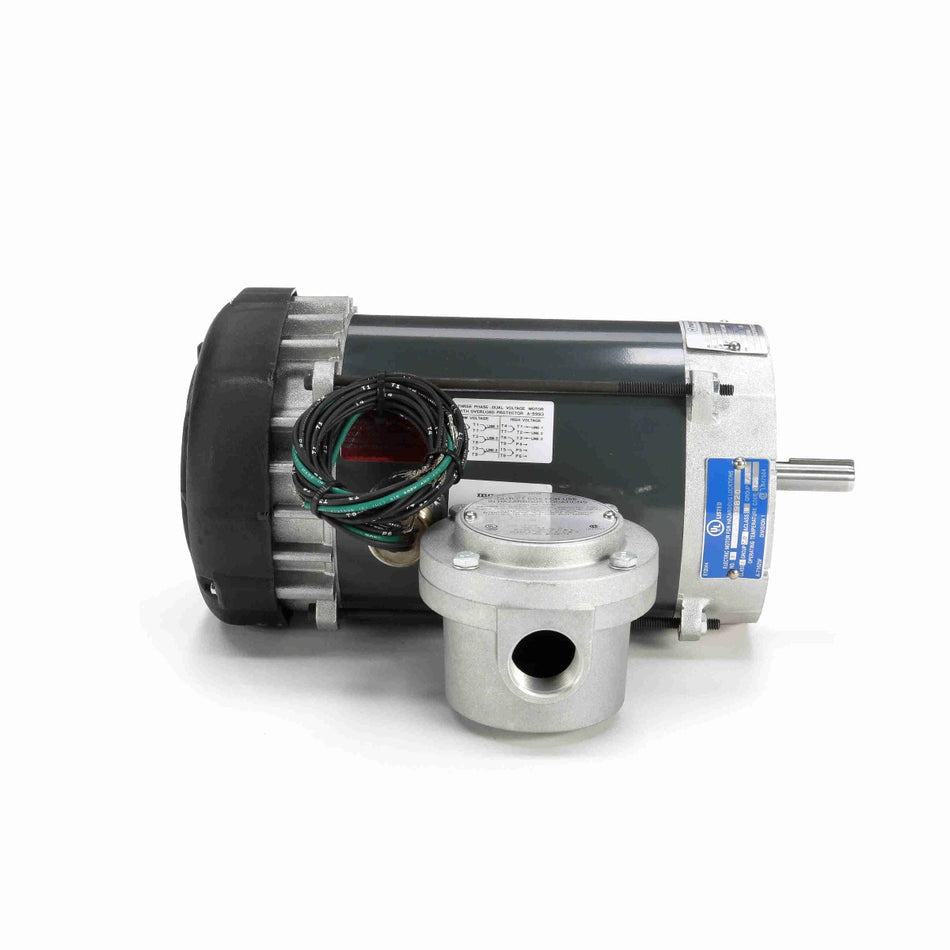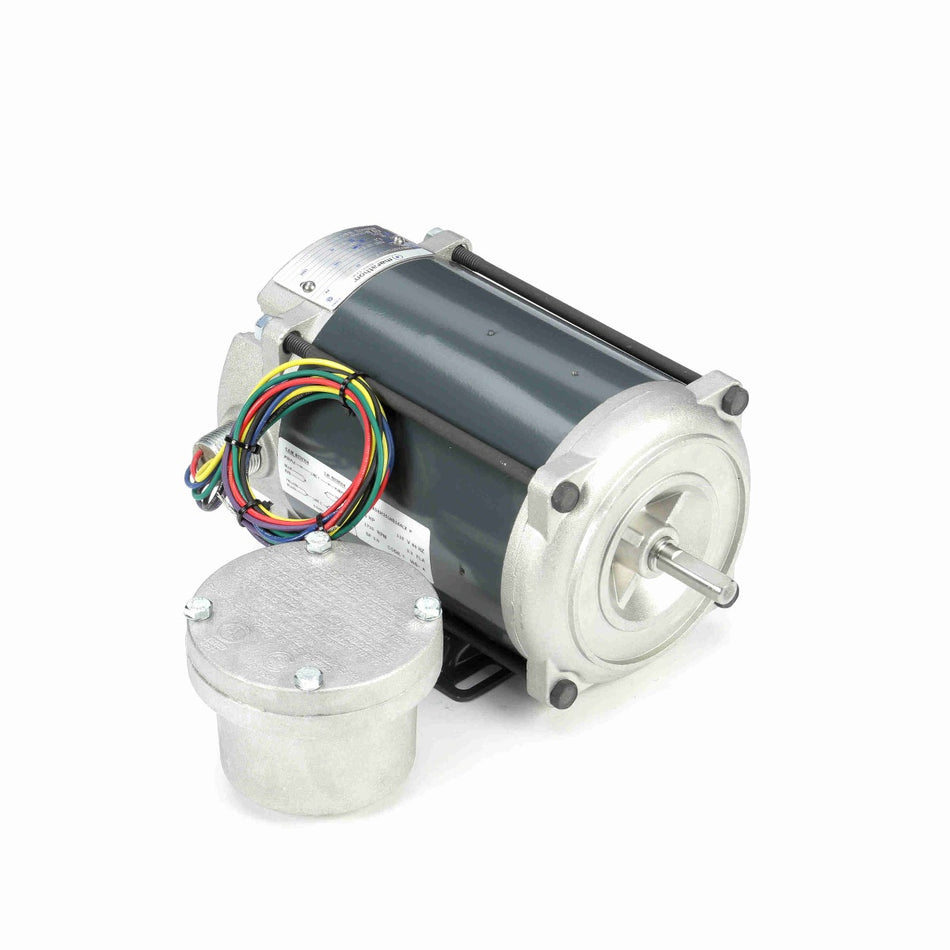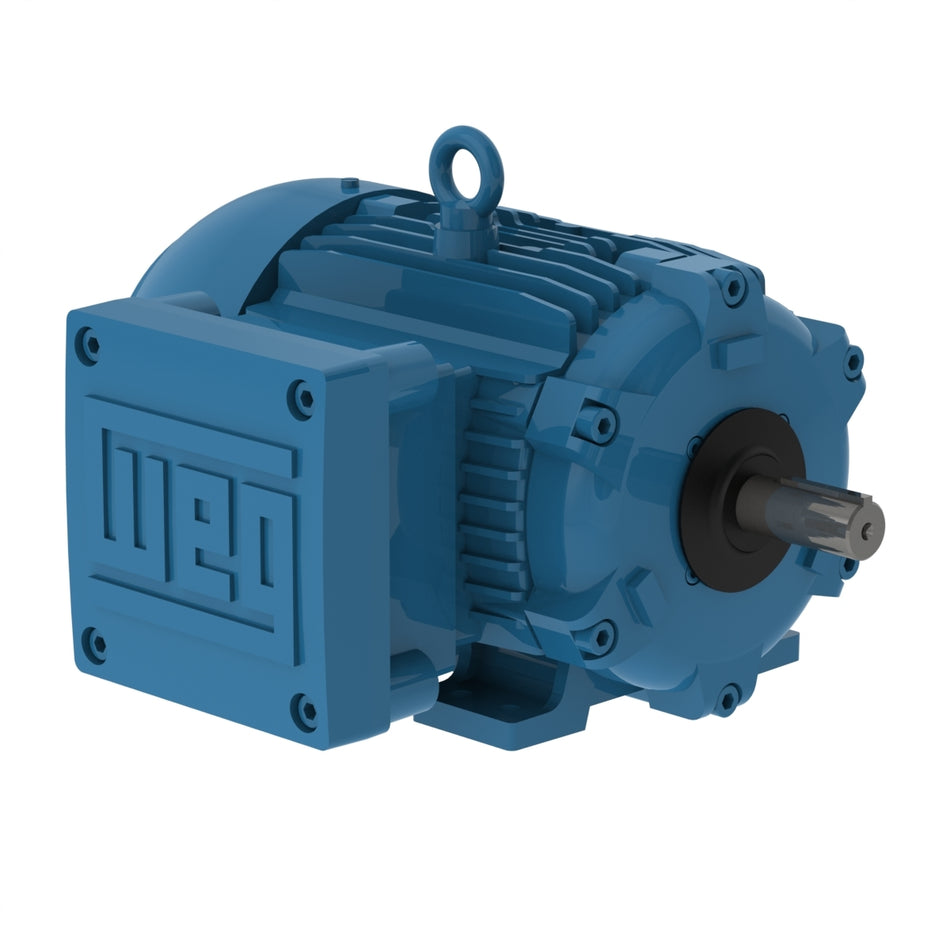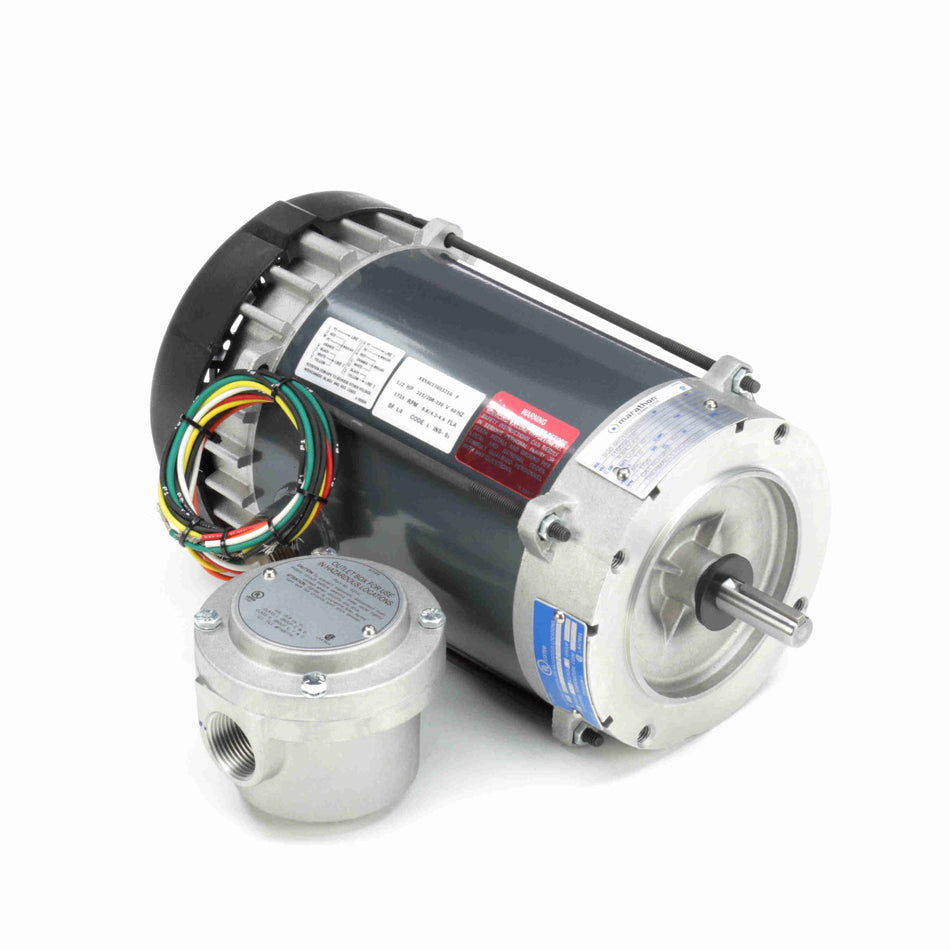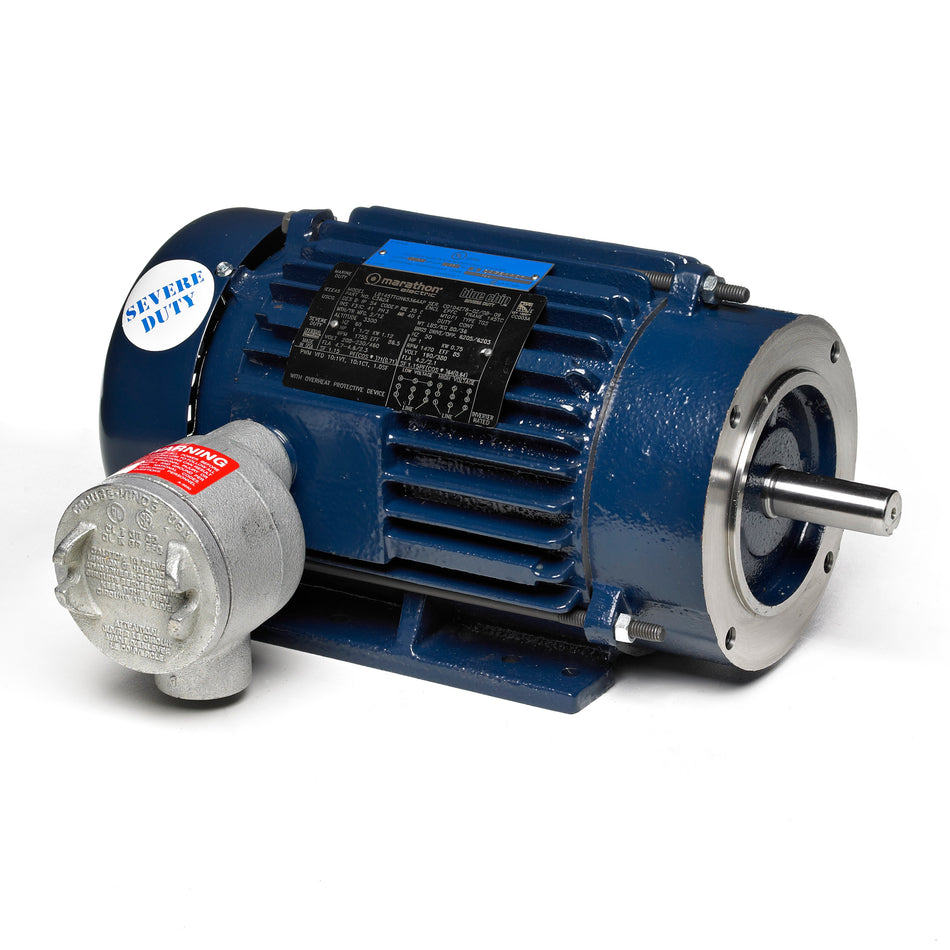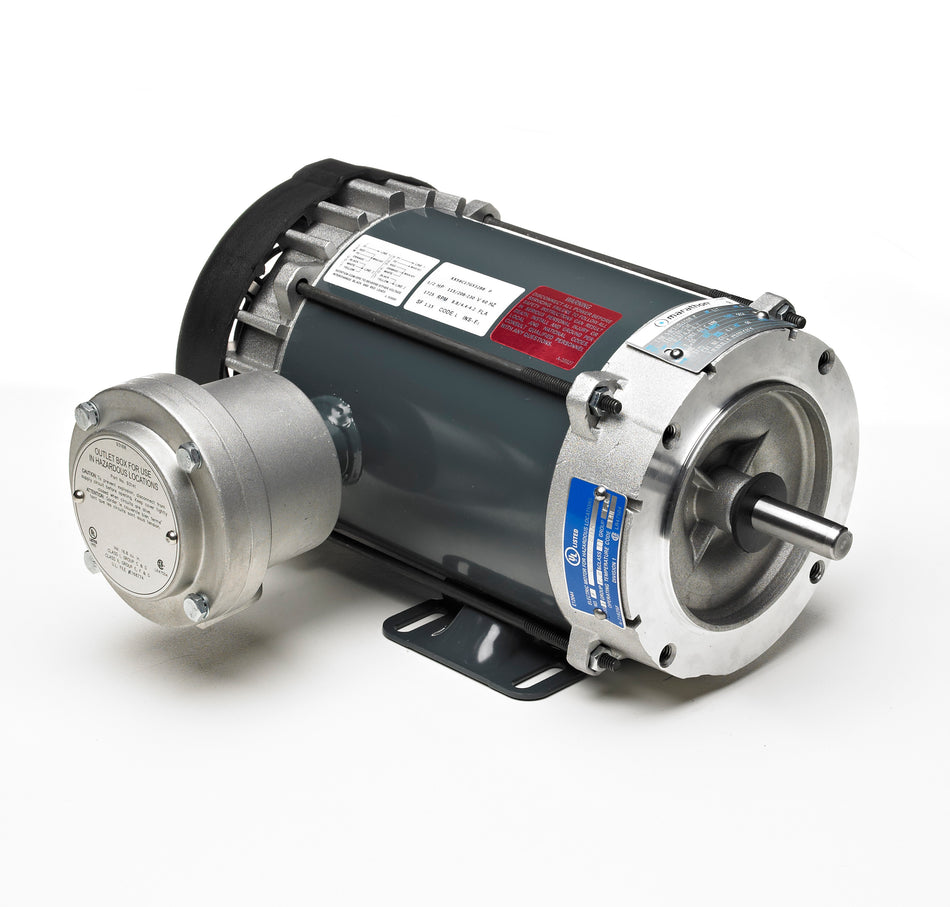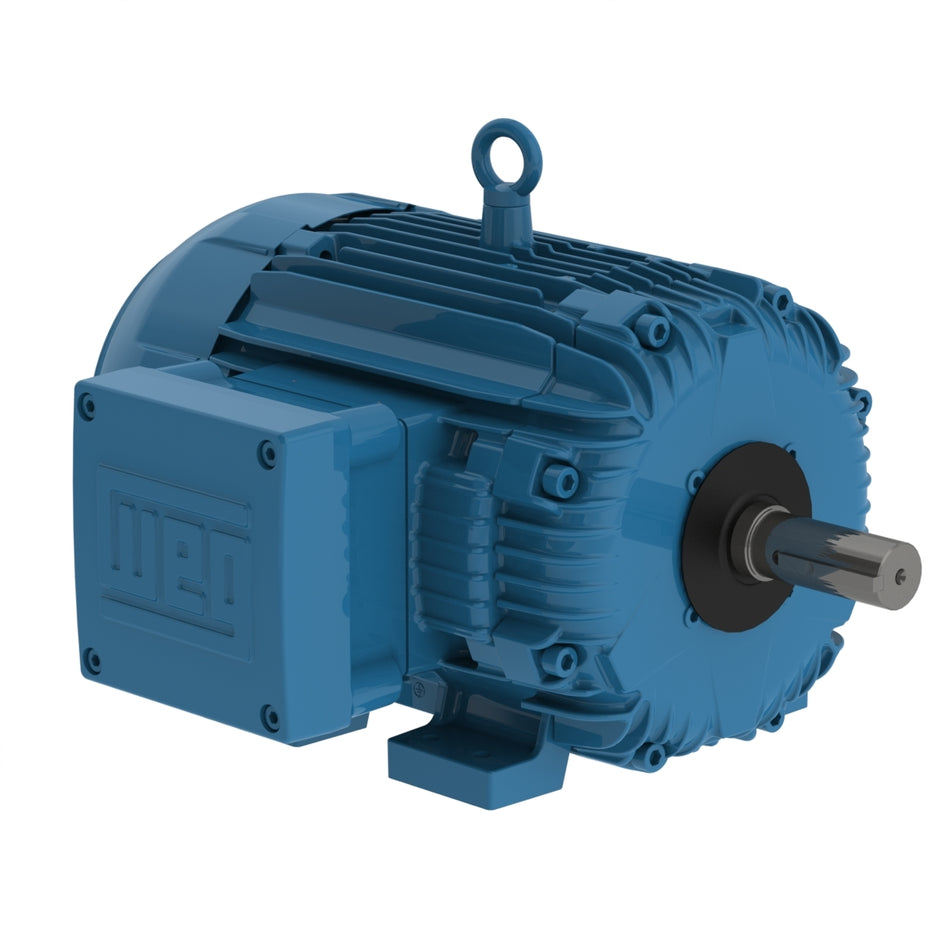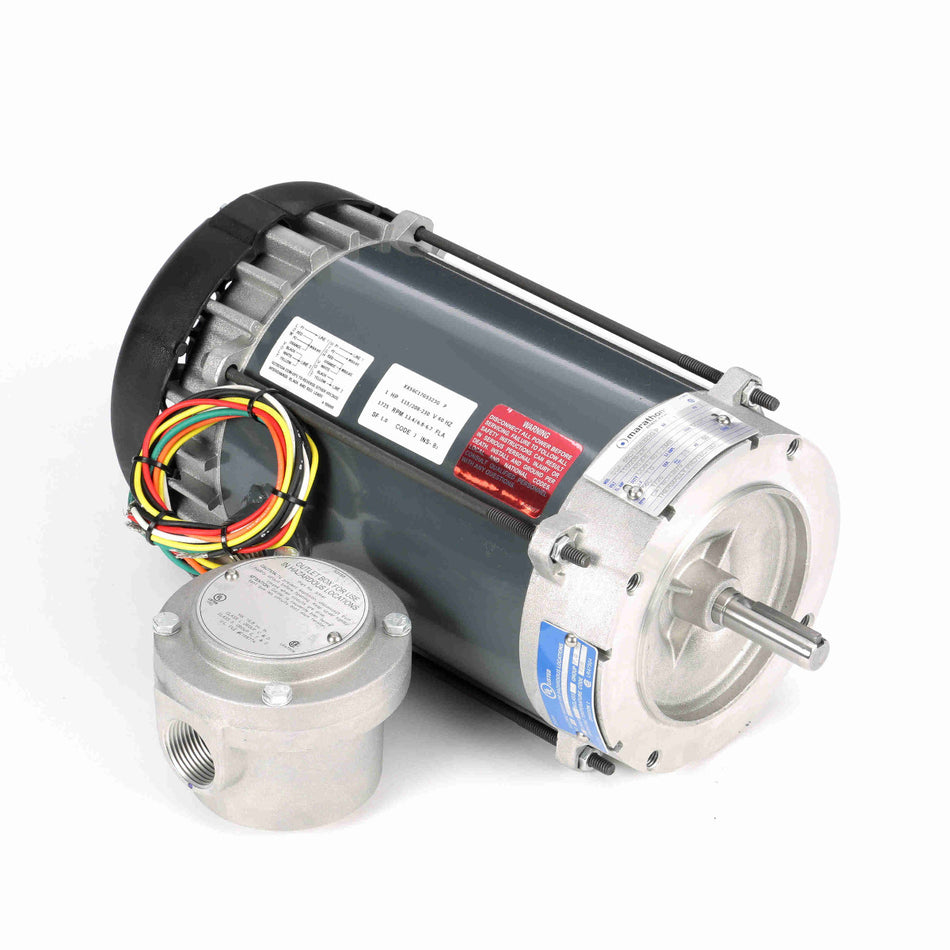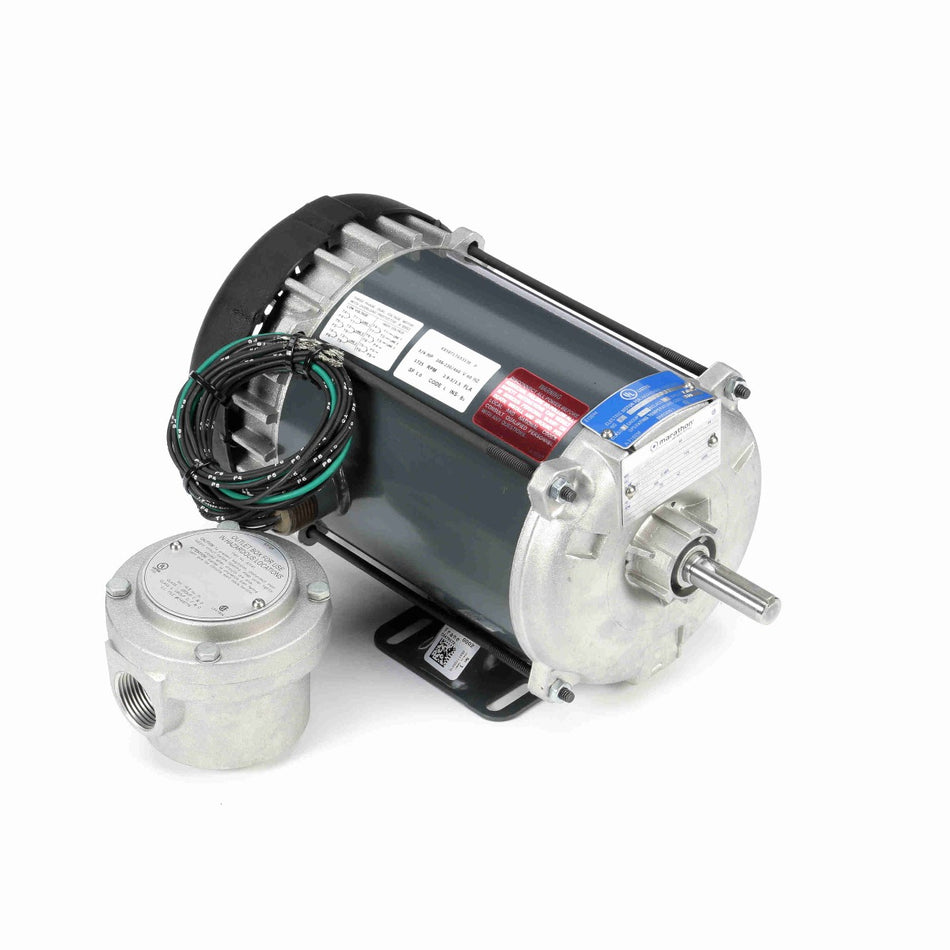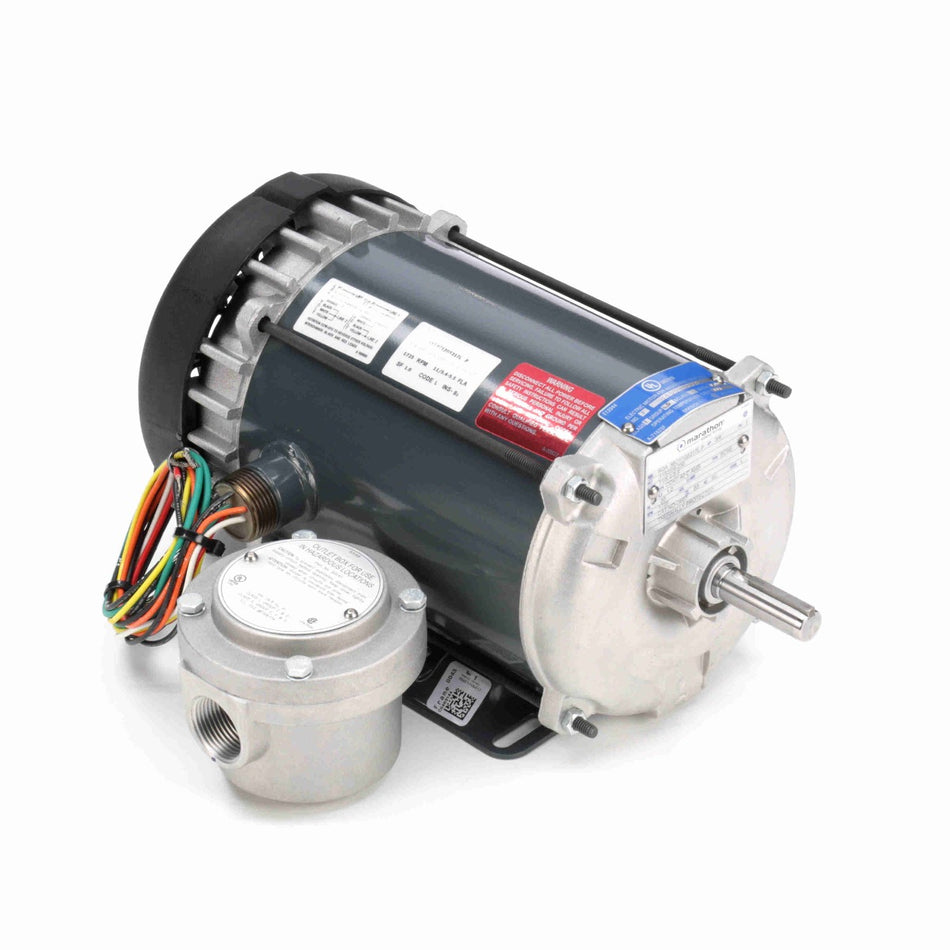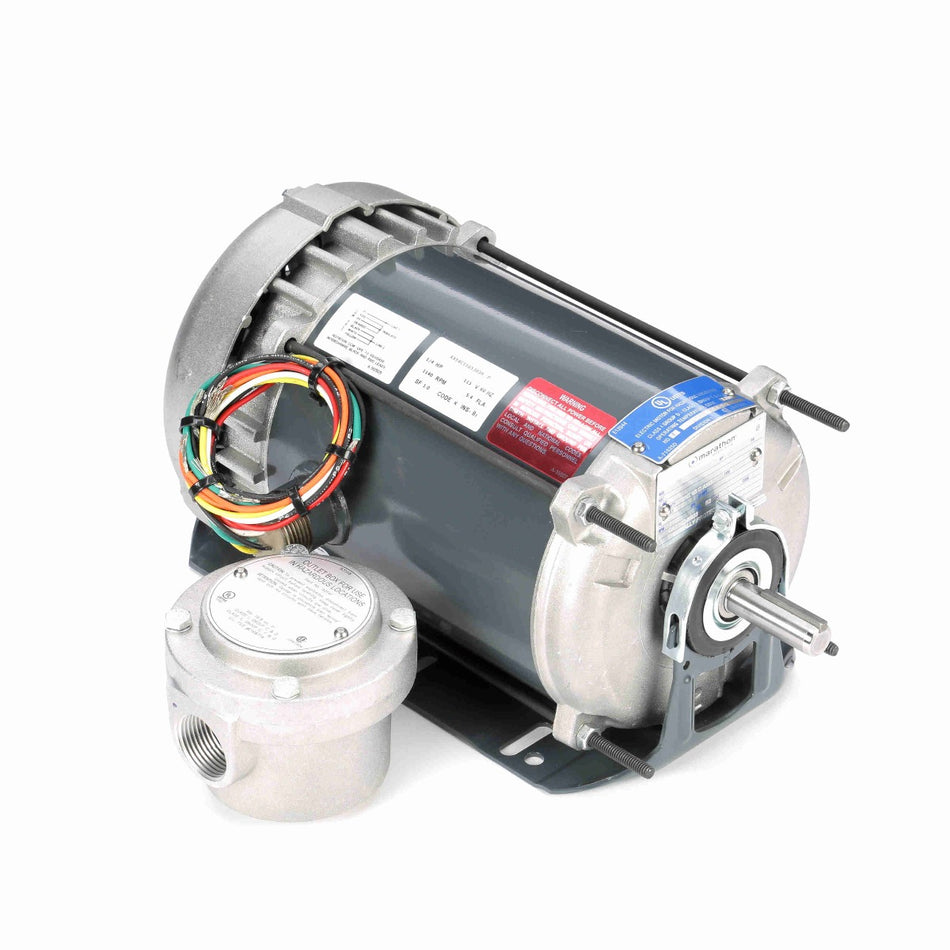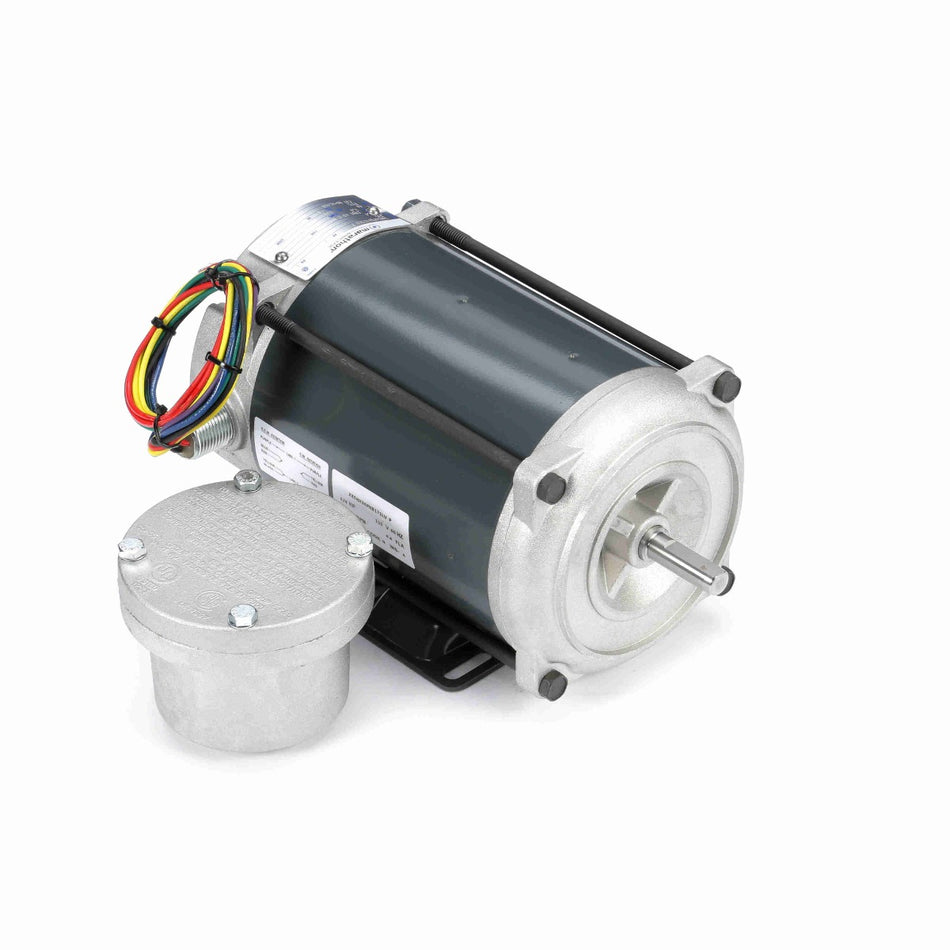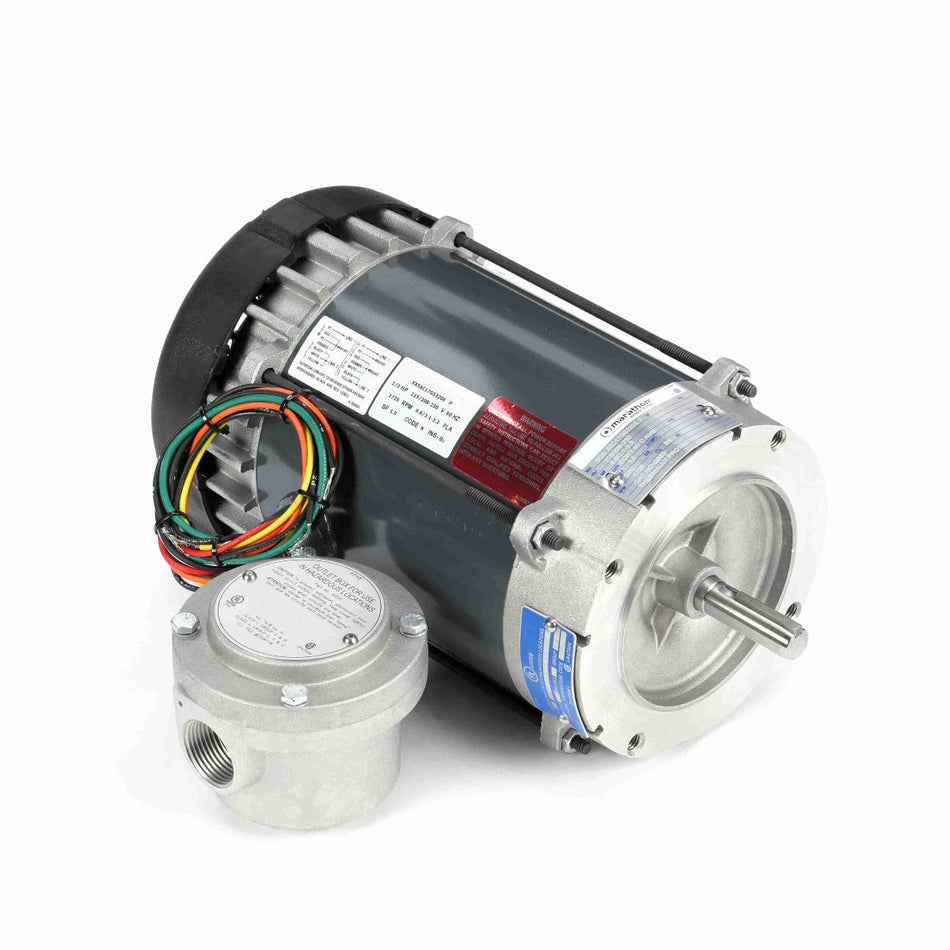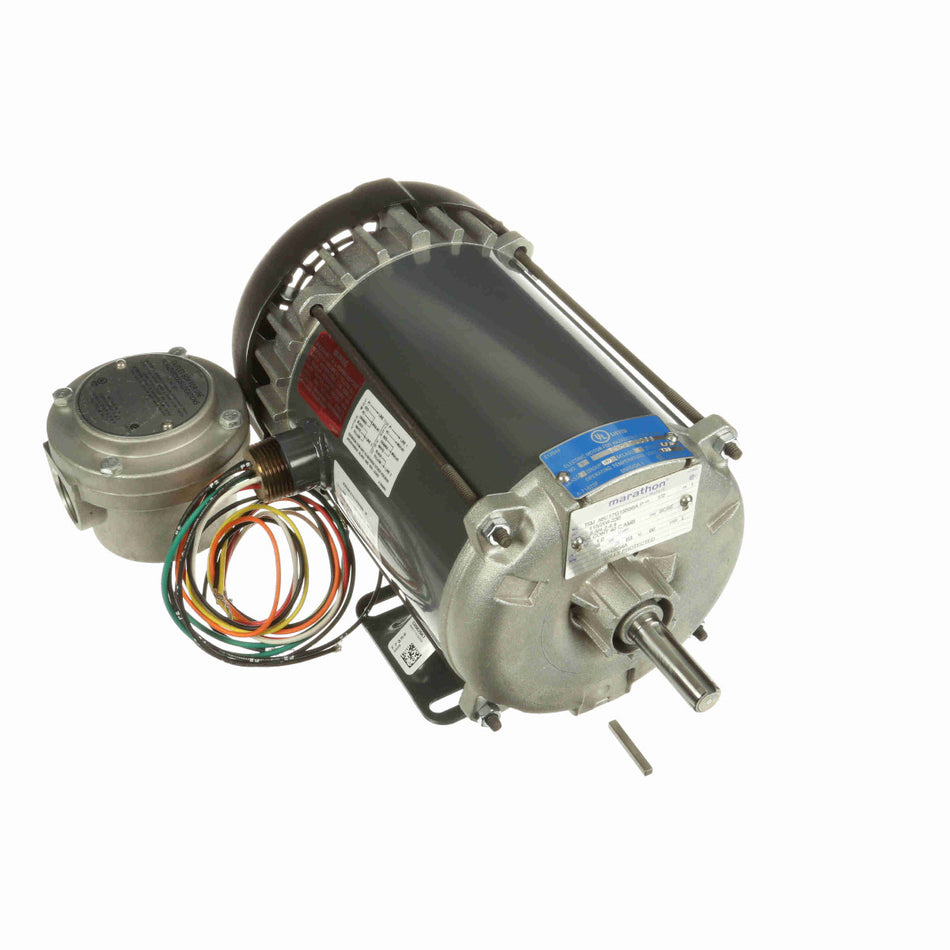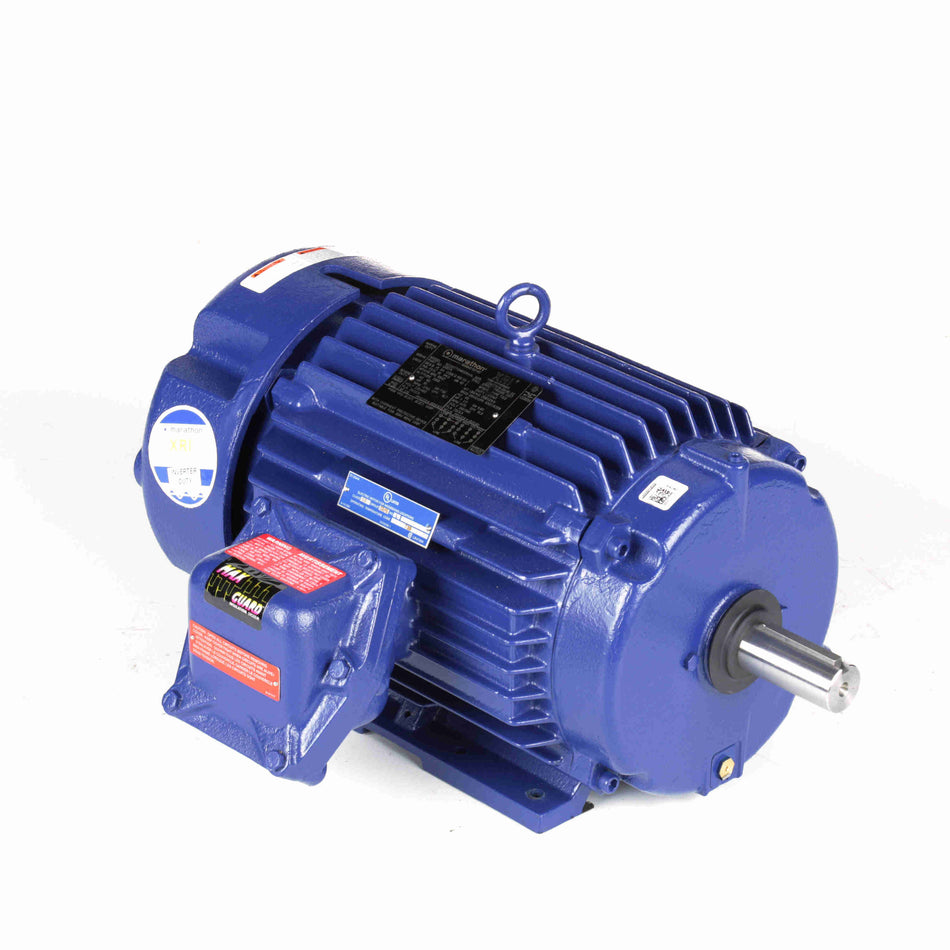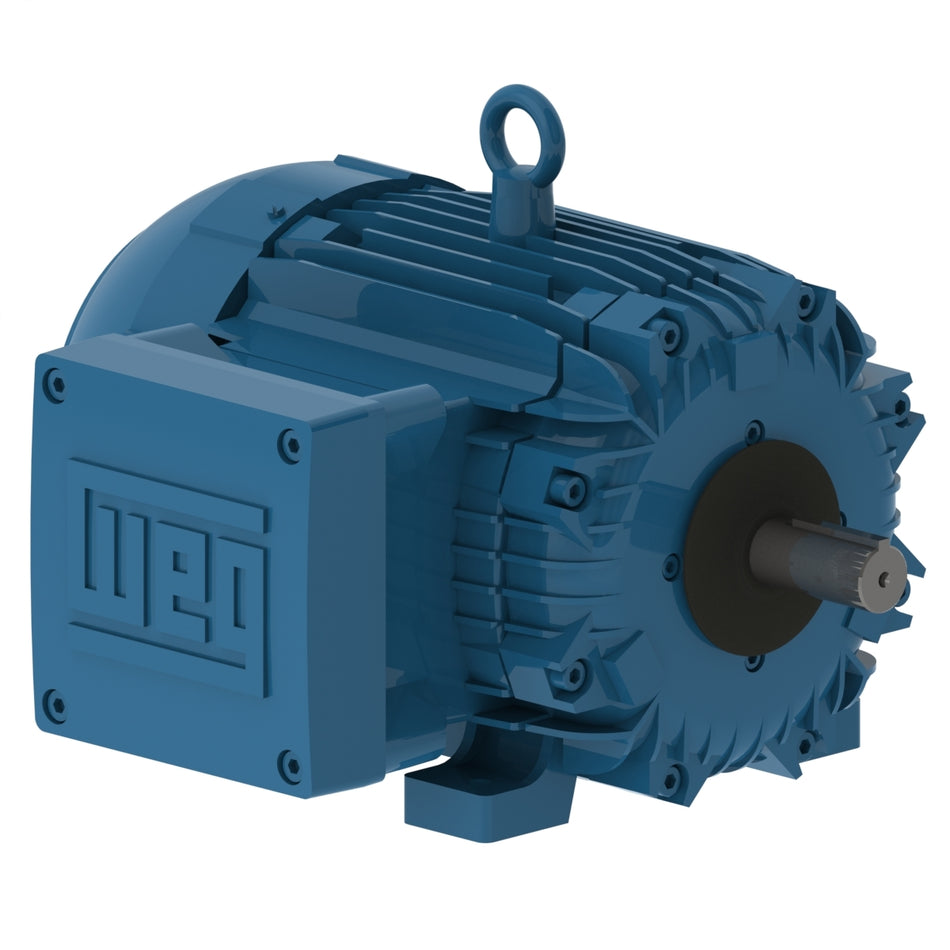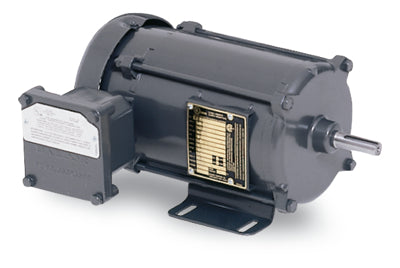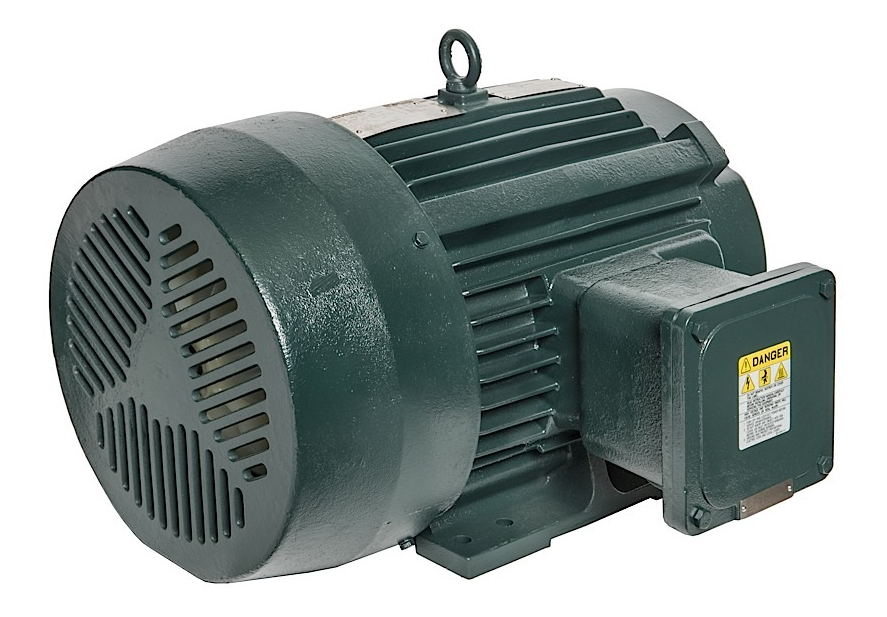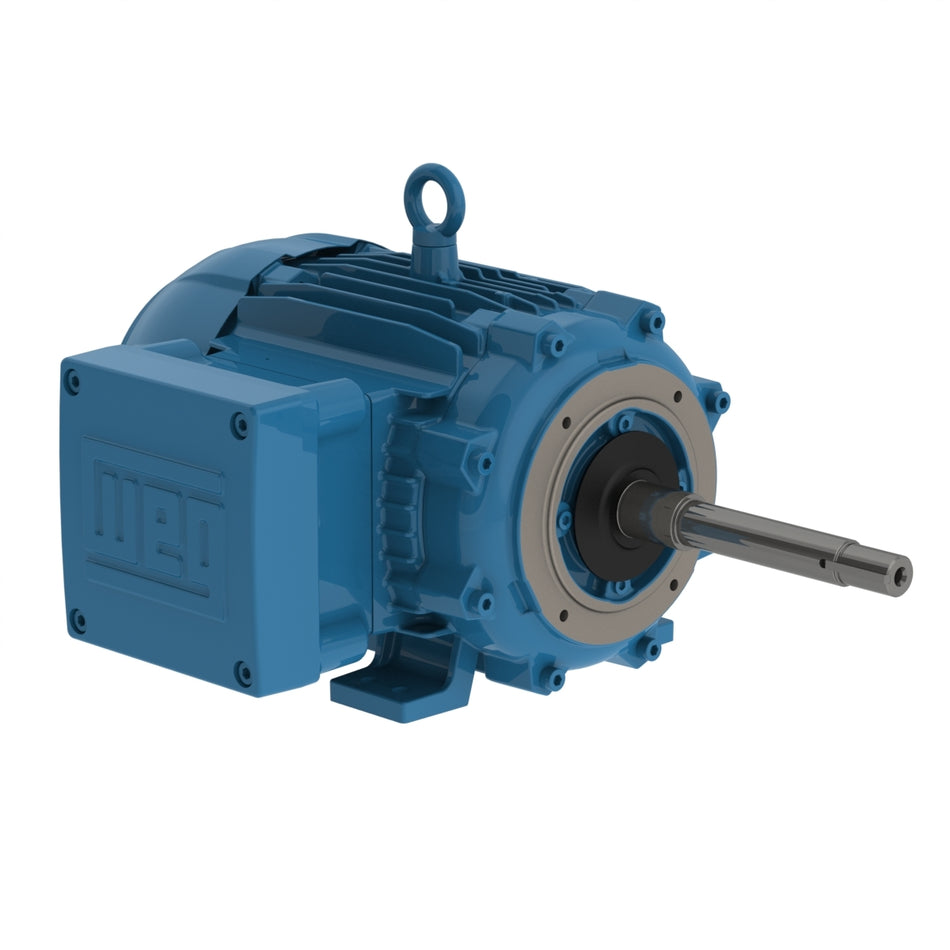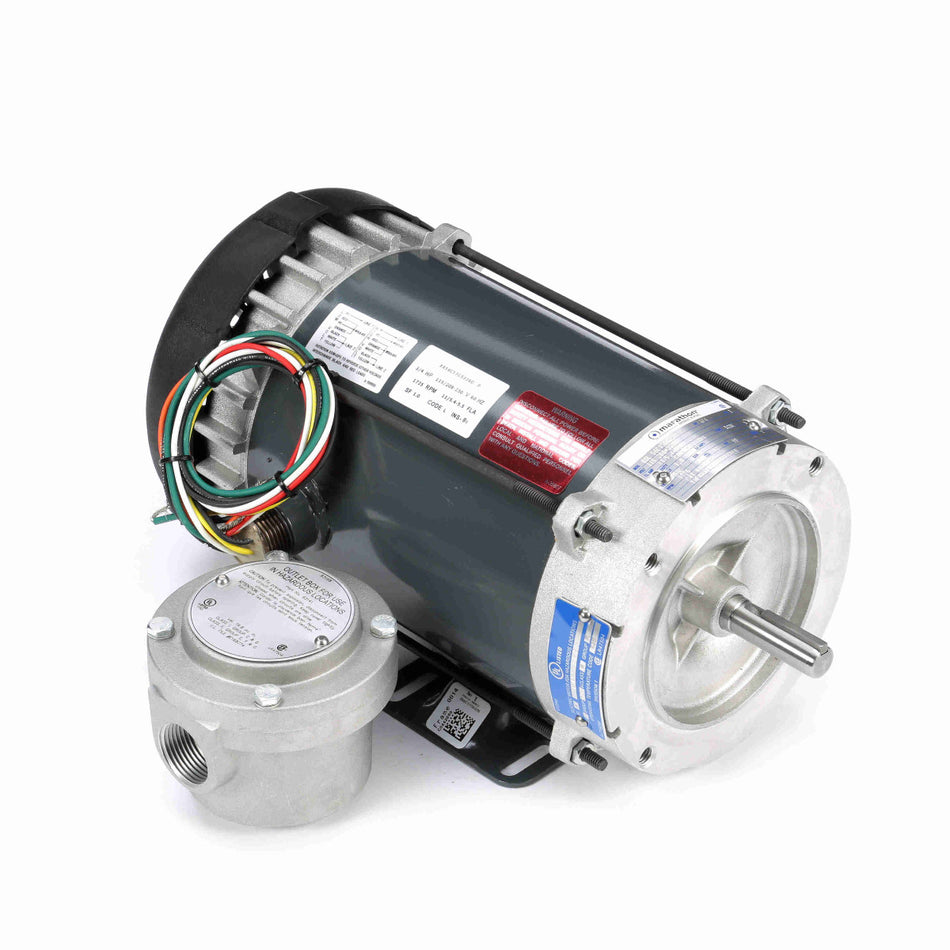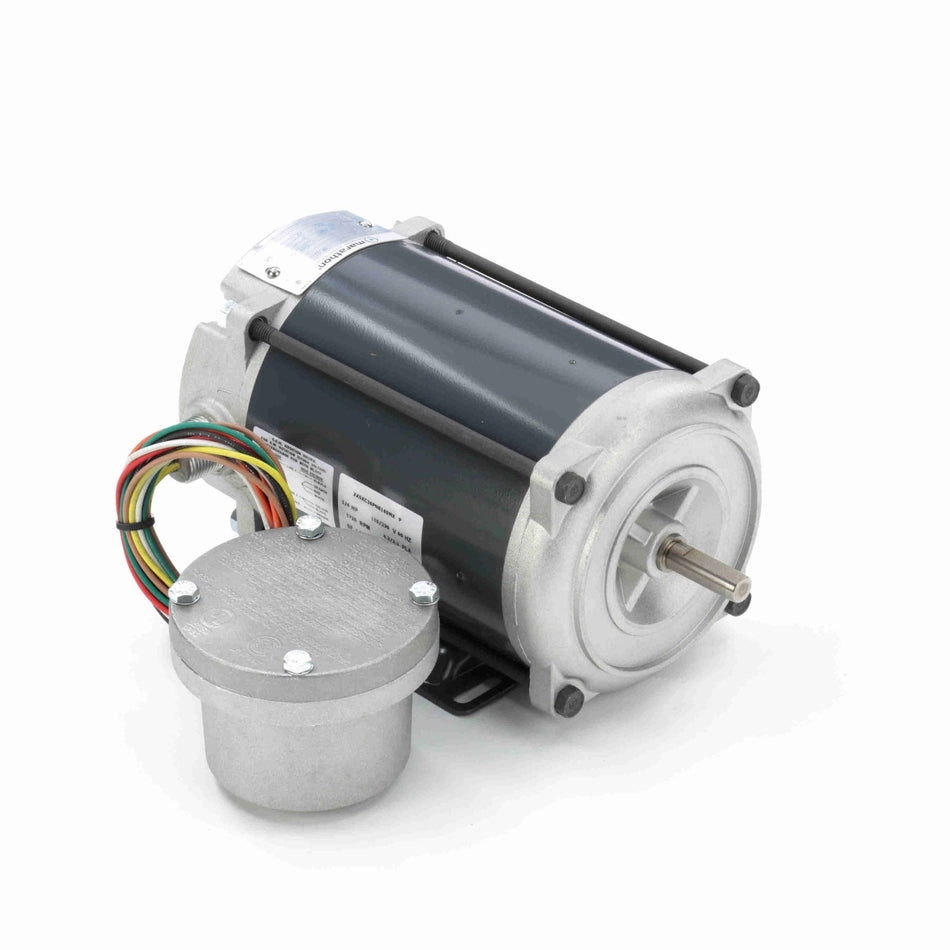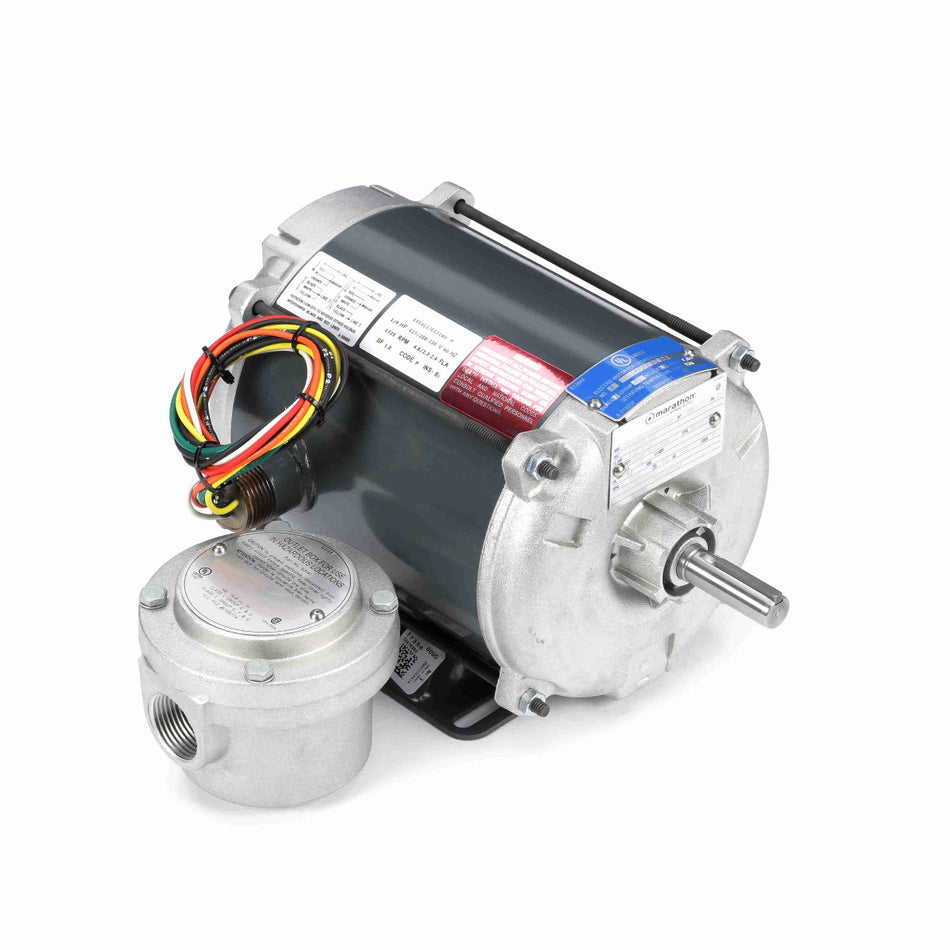613 Products
Collection: Explosion Proof Motors
Explosion proof motors are certified to use in hazardous or potentially hazardous environments where combustible elements exist, including vapors, gasses, and dust. If an explosion was to occur within a machine’s motor in this type of setting, the initial explosion could ignite elements in the air, creating a much bigger explosion and putting lives at risk.
Explosion proof motors play an extremely important role in protecting employees by containing any possible explosions and preventing larger ones from occurring. Hazardous location motors also protect company equipment and facilities, ensuring that machinery is not damaged or ruined.
Flameproof motors are built in NEMA and Metric frames. Applications include conveyors, tools, compressors, fans, and pumps.
Key features for explosion proof motors include:
- Meets UL and CSA safety requirements
- Robust frame designs
- XP conduit box
- Thermostats
Understanding UL Classifications, Groups, and Divisions
UL classification for hazardous location motors is based on the atmosphere in which the motor will be operating under normal conditions. There are three major classifications, each with unique atmospheric conditions:
- Class I for gases, vapors and/or flammable liquids
- Class II for combustible dusts
- Class III for ignitable fibers and/or filings
UL Groups
Each classification and atmosphere are broken into groups, determined by ignitable volatility or explosiveness, and the concentration of the material present. The highest combustible atmosphere is Group A; subsequent alphabetical Group designations are progressively less volatile.
Following is a partial listing of atmospheres that relate to each Group:
- Group A: Acetylene
- Group B: Hydrogen, butadiene, ethylene oxide and propylene oxide, and equivalent hazardous material
- Group C: Cyclopropane, ethyl ether, ethylene and equivalent hazardous materials
- Group D: Acetone, alcohol, ammonia, benzene, benzol, butane, gasoline, hexane, lacquer solvent vapors, naphtha, natural gas, propane and equivalent hazardous materials
- Group E: Metal dusts including aluminum, magnesium and their alloys, and other equivalent hazardous materials
- Group F: Carbon black, charcoal, coal or coke dusts
- Group G: Flour, starch, grain, combustible plastics and chemical dusts
UL Divisions
Divisions are determined by the atmosphere that is present under normal operating conditions.
Division 1 relates to an atmosphere that normally contains highly combustible material.
Division 2 involves a normal atmosphere that is non-combustible but can change due to an accident or equipment malfunction.

